Deck & Commander Strategies
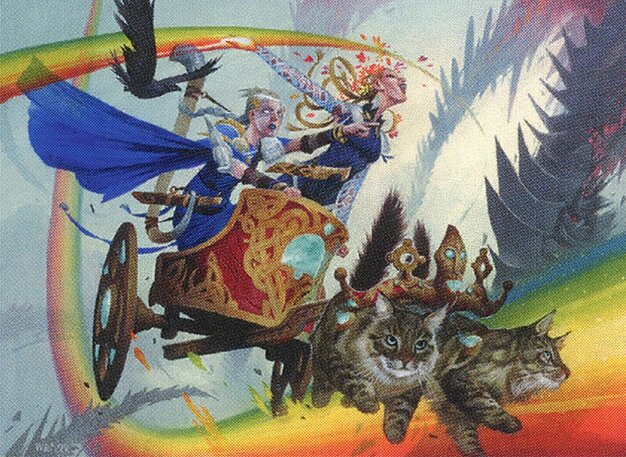
Inga and Esika
Generate extra mana by tapping creatures with vigilance, cast creature spells using this mana to draw cards, and ramp aggressively with a low land count supported by mana dorks.
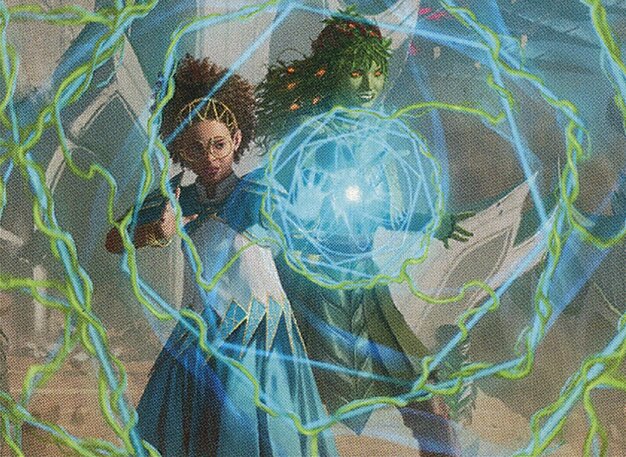
Zimone and Dina
Leverage drawing a second card each turn to generate card advantage and create creature tokens, focusing on a creature-heavy build with token synergies.
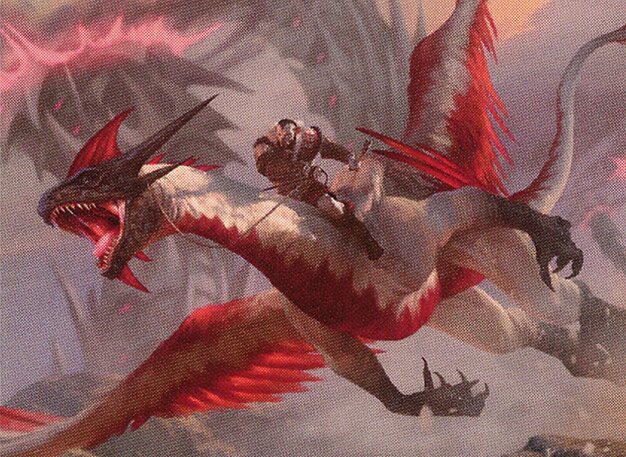
Zurgo and Ojutai
Utilize dragon tribal synergies, including hexproof and card selection triggered by combat damage from dragons, to maintain board presence and card advantage.
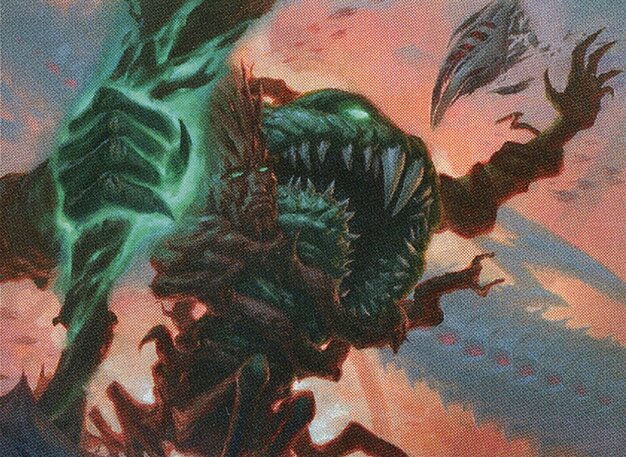
Yargle and Multani
Overwhelm opponents with a massive 18/6 vanilla creature supported by straightforward mana ramp, focusing on raw power and simplicity without complex text.
Gameplay Insights
- 1
The presence of an 18/6 vanilla creature like Yargle forced players to reconsider the effectiveness of cards that grant haste or interact with large creatures, altering typical tempo and combat calculations.
- 2
Players prioritized deploying mana dorks early to ramp into their team-up commanders quickly, indicating the importance of accelerating mana in these decks with low land counts or expensive spells.
- 3
The decision to hold off on board wipes until all commanders were on the battlefield demonstrated strategic patience to maximize impact and avoid wasting removal.
- 4
Missing key cards on MTGO, especially for Zimone and Dina and Zurgo and Ojutai, impacted deck performance and forced adaptations in gameplay strategy.
- 5
The budget nature of the Yargle deck, including inexpensive utility lands like Rogue's Passage, emphasized a fun, straightforward approach contrasting with more synergistic and complex builds.
Notable Cards
-
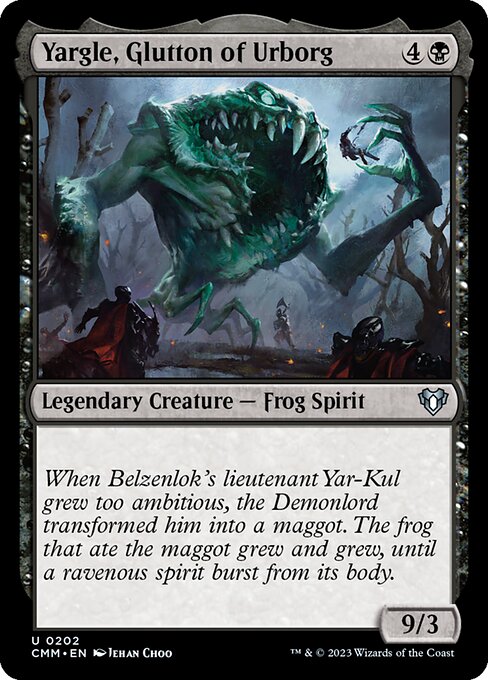
Yargle, Glutton of Urborg
-
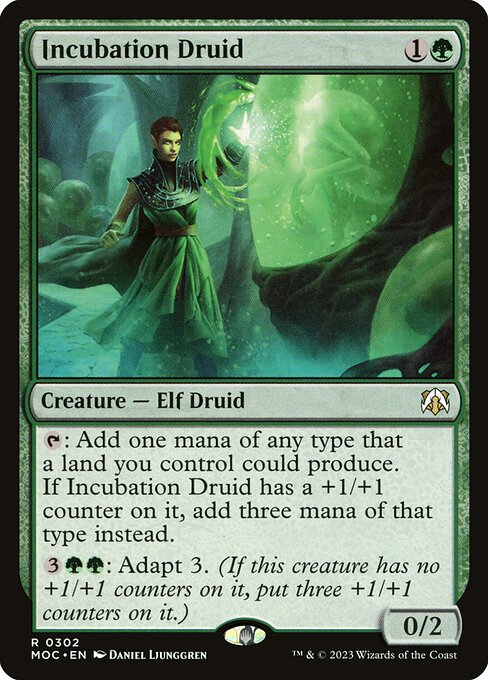
Incubation Druid
-

Nature's Lore
-

Zurgo and Ojutai
-

Zimone and Dina
-

Inga and Esika
Gameplay Summary
The game featured a four-player Commander clash with Yargle and Multani, Zurgo and Ojutai, Zimone and Dina, and Inga and Esika as the commanders.
Early turns saw the players establishing mana bases and deploying mana dorks to ramp into their team-up commanders.
Tom's Inga and Esika deck focused on mana ramp and vigilance, aiming to generate extra mana from creatures and draw cards by casting higher-cost creature spells.
Phil’s Zimone and Dina deck emphasized drawing additional cards each turn, leveraging creature tokens and card advantage, although some optimal cards were missing on MTGO, slightly impacting performance.
Crim’s Zurgo and Ojutai deck, despite lacking some key cards, worked around a dragon tribal theme with hexproof and card selection triggered by dealing damage.
Seth’s Yargle and Multani deck was a straightforward powerhouse, centered on the 18/6 vanilla Yargle, aiming to overwhelm opponents with raw power and simple, efficient mana acceleration, highlighted by a deliberately budget build to keep things fun and uncomplicated.
As the game progressed, the players grappled with the threat of Yargle’s sheer size while trying to develop their own synergies and board states, balancing the timing of board wipes and aggressive plays.
The gameplay highlighted the tension between complex, synergistic decks and the brute force of a giant vanilla creature, creating dynamic interactions and strategic decision points.




































